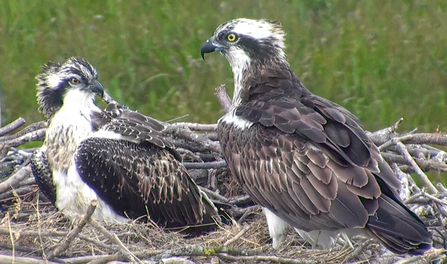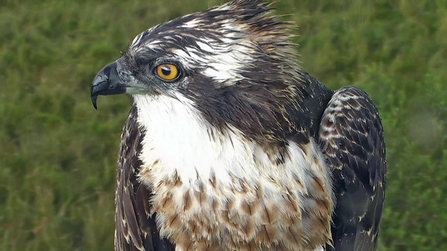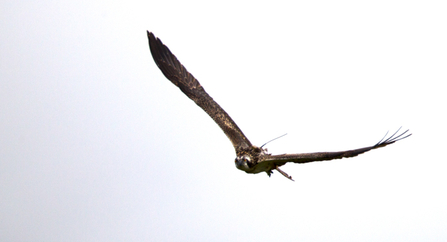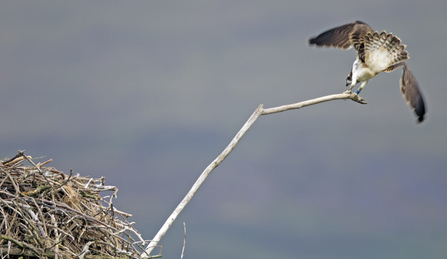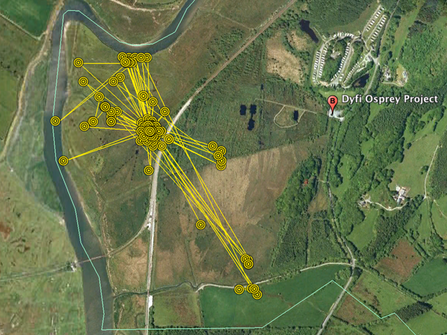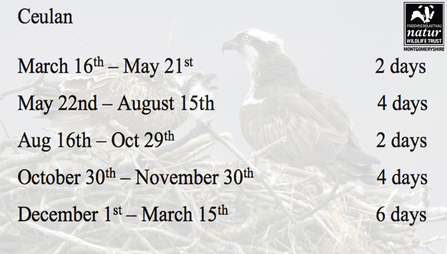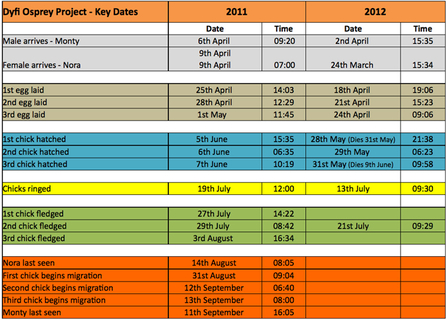August is a funny month for British ospreys. It's an evolutionary 'buffer' month. Those birds that have had textbook breeding up to now will be preparing for migration. Those that were a little late breeding still have enough time to get everything sorted with an African departure date in early September. Late breeders, however, will take advantage of warmer August weather and hope that harsh Autumn rain and winds don't appear before they go. For British ospreys, August is a month of change and preparation.
Ceulan with Mum - Nora migrated on August 14th last year, when will she go this time around?

